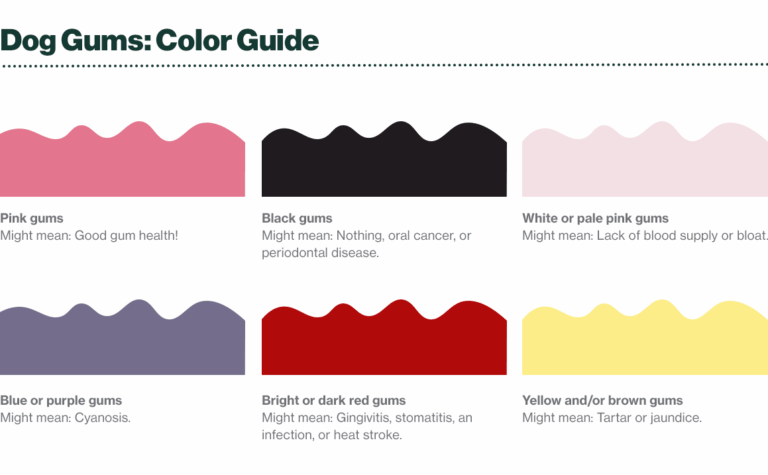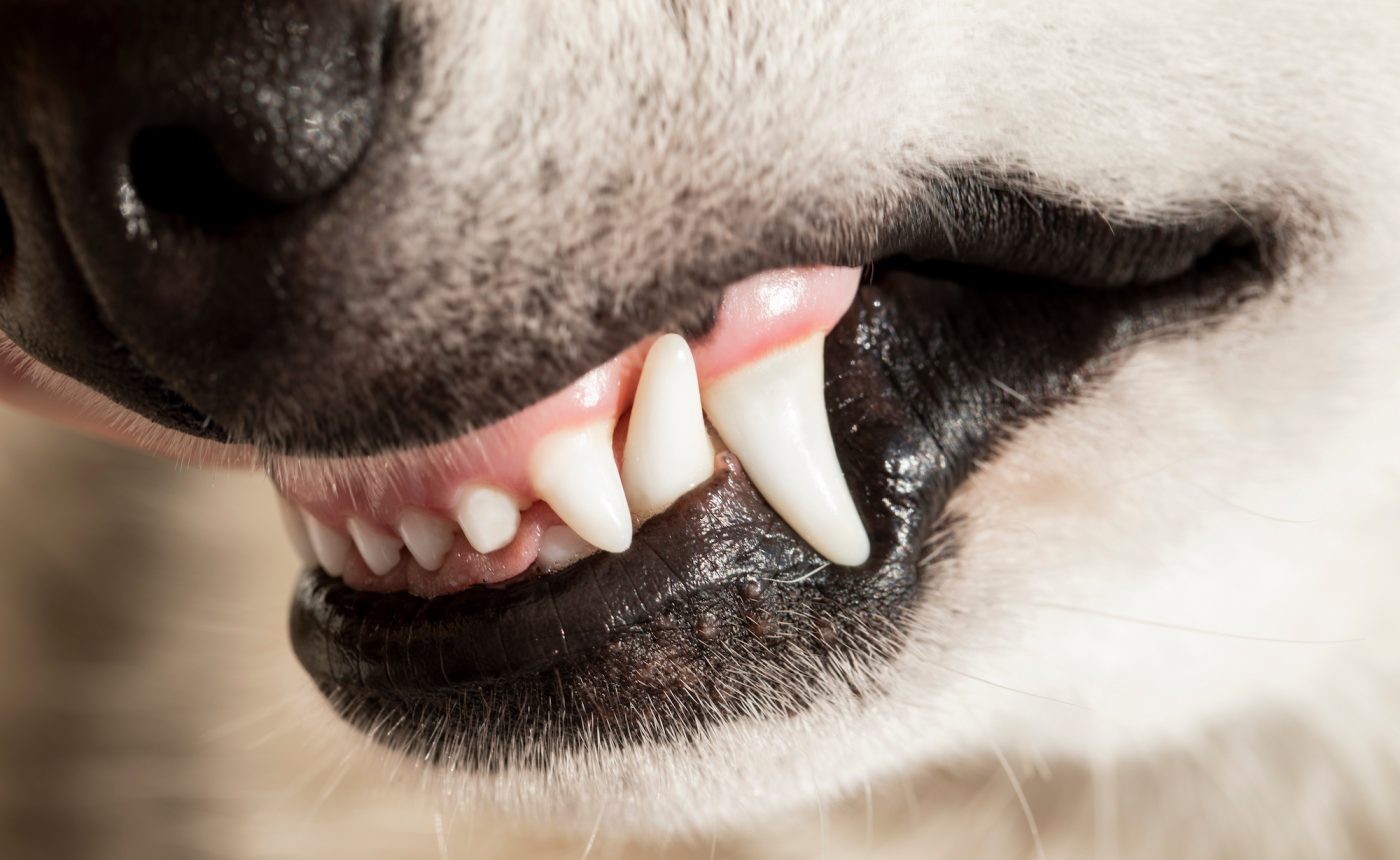Have you ever noticed your dog’s gums and wondered, “What color should they be?” A quick peek inside your furry friend’s mouth can reveal a lot about their overall health. Just like a doctor checks your vital signs, observing your dog’s gums can offer valuable insights into their well-being.

Image: www.officesim.net
The color of your dog’s gums is a vital indicator of their circulatory health and can alert you to potential health issues. Knowing what to look for and understanding how to interpret the color of your dog’s gums can empower you to take proactive steps in ensuring your canine companion’s long and healthy life.
The Importance of Healthy Gums
Healthy gums are crucial for your dog’s overall health. They not only support their teeth but also play a vital role in their immune system. Just like in humans, a dog’s mouth is a breeding ground for bacteria. However, a healthy immune system and strong gums help keep these bacteria in check, preventing infections and complications.
The Normal Color of a Dog’s Gums
A healthy dog’s gums should be a vibrant **pink** color, similar to the inside of your own mouth. The color can vary slightly depending on your dog’s breed and individual pigmentation. However, if you notice a change in color or any other unusual characteristics, it’s crucial to consult with your veterinarian.
Signs of Trouble: What Colors to Watch Out For
Here’s a breakdown of different gum colors and what they could mean for your dog’s health:

Image: www.thefarmersdog.com
1. Pale Gums (Whitish or Greyish)
Pale gums can signal **anemia**, a condition where the blood lacks enough healthy red blood cells. Anemia can be caused by various factors, including blood loss, nutritional deficiencies, and certain diseases. Other symptoms of anemia can include weakness, lethargy, and difficulty breathing. If you notice your dog’s gums are pale, it’s essential to visit your vet for a proper diagnosis and treatment plan.
2. Yellow Gums (Jaundice)
Yellow gums are a sign of **jaundice**, a condition where the body builds up too much bilirubin, a yellow pigment produced during the breakdown of red blood cells. Jaundice can be caused by liver disease, gallbladder disease, or certain blood disorders. A vet visit is required for prompt diagnosis and treatment.
3. Blue Gums (Cyanosis)
Blue gums indicate **cyanosis**, which means the blood isn’t carrying enough oxygen. This can be caused by various issues, including heart problems, lung diseases, and other medical conditions. If you observe blue gums, immediate veterinary attention is crucial.
4. Red Gums (Inflammation)
Bright red gums are often a sign of **inflammation** or **gingivitis**. This can be caused by bacteria buildup, poor oral hygiene, or underlying health issues. Inflamed gums can be painful, leading to discomfort and potentially even infection. Regular brushing and dental check-ups are essential to prevent gingivitis.
Checking Your Dog’s Gums: A Simple Guide
Checking your dog’s gums is a simple yet valuable routine to incorporate into your regular pet care. Here’s how to do it:
- Gently Lift the Lip: Carefully lift your dog’s upper lip on either side to expose the gums.
- Observe the Color: Pay attention to the color of the gums, noting any unusual changes or discolorations.
- Feel the Texture: Gently press your finger on the gums. They should feel firm and springy, not soft or spongy.
- Look for Signs of Bleeding: Observe for any signs of bleeding or inflammation.
If you notice any unusual changes in your dog’s gums, it’s essential to seek veterinary advice as soon as possible. Your vet can conduct a thorough examination, determine the underlying cause, and recommend the appropriate course of action.
What Color Should A Dogs Gum Be
Conclusion: Taking Proactive Steps
Understanding what color your dog’s gums should be is a vital part of being a responsible pet owner. It allows you to be more attentive to your dog’s overall health and catch any potential problems early on. By regularly checking your dog’s gums and consulting your veterinarian, you can ensure your furry friend enjoys a long and healthy life.






